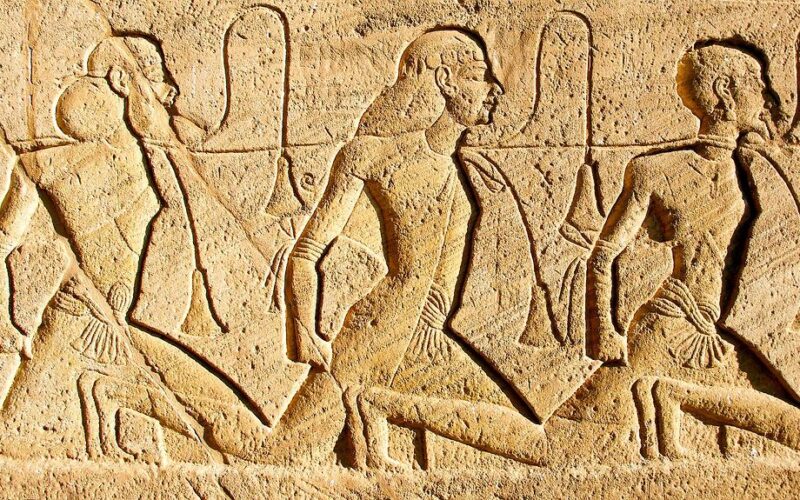Ancient Clay Art
Humans in ancient days were few and far between. They formed family groups that later became tribes. The various tribes had hunter-gatherer cultures. The men would hunt and the women would gather local grains, vegetables and fruits. Once an area no longer provided for their needs, they moved on. They had few possessions to carry with them on their journeys to new lands. Eventually, these tribes found land that produced enough vegetables, fruit and grain to sustain them. These areas had plenty of animals to hunt because there was more than enough for them to eat.
Creating permanent tribal settlememts
Tribes began to stay longer periods of time in one place whenever they found one of these very fertile areas. Eventually they stopped moving and built permanent settlements. With enough food to feed humans there was also enough left to domesticate local animals and feed them. This was the beginning of agricultural tribes. It heralded a new age of building shelters and storage items with clay or kaolin. This material was readily available and easy to work. It provided for the basic food and shelter needs of the tribe.
Amassing large amount of food reserves
Over time, settled tribes amassed a large amount of food and began to have leisure time. The beauty of their world began to be represented on items the tribe used daily. Pottery vessels for food storage and preparation were common in ancient agricultural tribes. Their abundance made them the perfect choice of canvas for ancient artistic displays. They became a lasting record of the culture of each tribe as the years wore on. Ancient pottery is still found in archaeological sites today.
Inevitable natural disasters
Not all ancient tribes of men survived. Some were killed by disease, and others were wiped out by natural disasters such as floods, exploding volcanoes and changes in rain patterns. If any survived, they left the area and merged into existing tribes elsewhere. Fortunately, the ancient art forms of their artistic pottery survived. It is now shared throughout the world in modern pottery pieces that are decorated with ceramic decals or ceramic transfers in the ancient patterns of those long lost. While the people are gone, their art continues to survive in the modern world.






